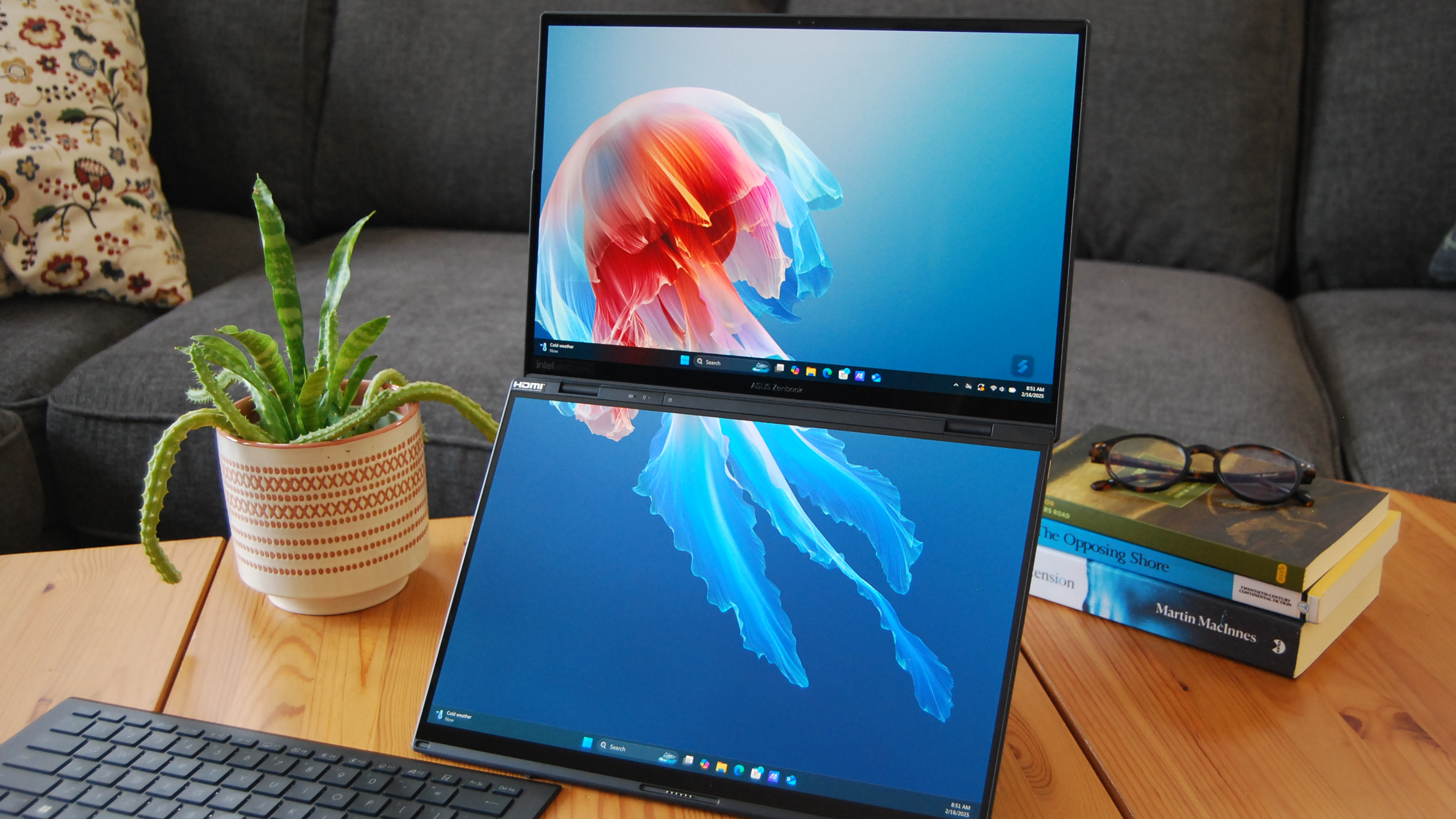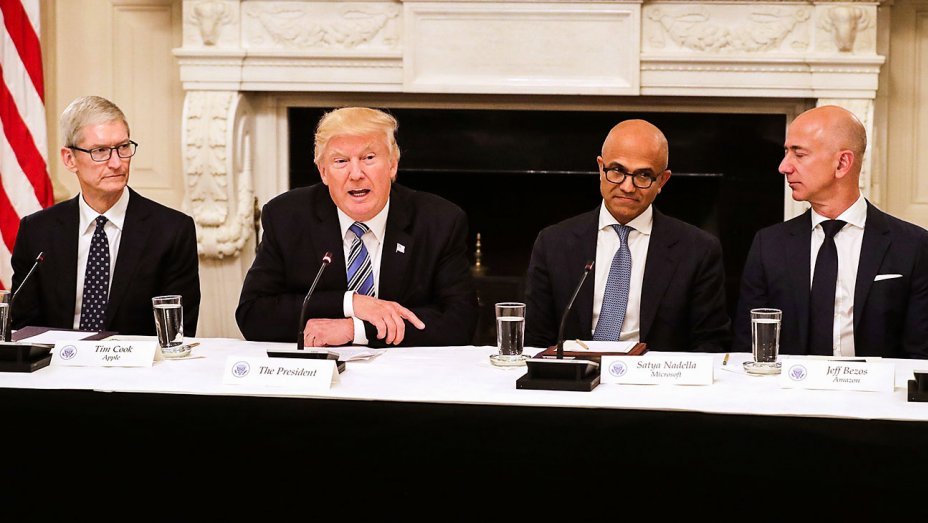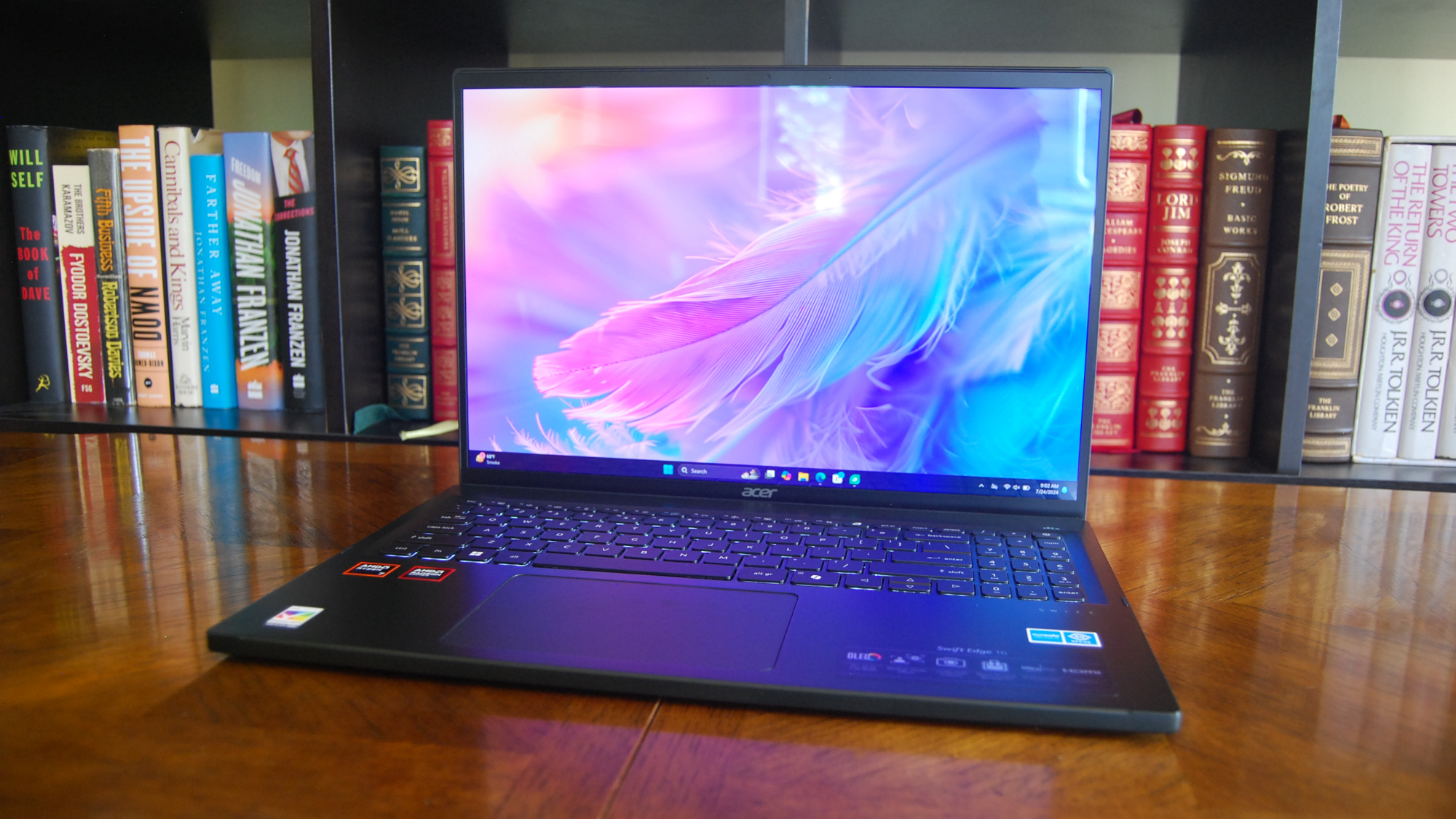Anyone paying attention to tech prices in recent weeks has undoubtedly noticed a rise across many popular sectors.
The global market shakeup is largely caused by US President Trump’s tariffs, which put a tax on select imported goods, and is being felt by many consumers, and there’s unfortunately no end in sight.
Laptops are some of the first products to be affected, which begs the question: Should you buy a new laptop now?
Should you buy a new laptop before prices increase due to tariffs?
Why you can trust Windows Central
Our expert reviewers spend hours testing and comparing products and services so you can choose the best for you. Find out more about how we test.
Whether or not you should buy a new laptop now depends on a few factors.
Do you plan to upgrade or buy new in the next year or two? Yes, I recommend shopping now.
You likely have a few weeks, at most, before some prices really start to climb once retailers have cleared out stock that arrived before the tariffs were in place.
Acer’s CEO and Chairman, Jason Chen, already announced a flat 10% price increase on its laptops to counteract the 10% tariff on Chinese imports enacted by President Trump, and prices from other brands seem to be creeping up much faster than usual.
Laptop update cycles follow CPU updates, and there isn’t expected to be new performance hardware from Intel or AMD until 2026. If you buy a modern Intel or AMD PC now, you won’t be surprised with an updated version in just a few weeks.
Qualcomm, however, is expected to unveil its new Snapdragon chips this year, and we’ll likely see those laptops on sale by the holiday season. I’m also hoping to see new Surface PCs in Fall 2025.
If, on the other hand, you purchased a new laptop in the last year or two — laptops usually have a five-year lifespan, more if you baby your tech — you don’t need to worry as much.
There’s one exception: those who have AI computing ambitions should shop for a laptop with a Neural Processing Unit (NPU) capable of at least 40 TOPS of power to handle Copilot+ AI tools built into Windows 11.
Laptops with Qualcomm Snapdragon X chips, Intel Core Ultra Series 2 (excluding H and HX-series), and AMD Ryzen AI 300 chips hit that mark.
Forecasting the effects of tariffs on tech prices
A report from the Consumer Technology Association’s (CTA) one-year forecast for consumer technology, as reported by TechCrunch, is grim.
With a theoretical 10% or 20% tariff on all imports, as well as a 60% tariff on Chinese goods, the CTA saw laptop prices rise by 46%. Gaming consoles were next at 40%, and phones went up by 26%.
Putting that into perspective, even a 20% increase in laptop pricing would drive a $1,200 model, which roughly sits near the middle of the market, up to $1,440.
A 46% increase, as theorized by the CTA, would push the $1,200 model up to $1,752 and out of the price range of most consumers.
Of course, there’s so far no 60% tariff on imports from China, although there is still the threat of a 25% tariff on processors coming into the US.
There’s also President Trump’s “Liberation Day” on April 2, 2025, which could bring any number of new tariffs and regulations. As Bloomberg reports, it’s already causing stock markets to drop.
Trump’s goal with the potential chip tariff is to force companies to move more manufacturing hubs to the United States, where Intel and TSMC already have ground. However, this return won’t be felt anytime soon.
TechCrunch’s report also mentions a presentation given by Brian Comiskey at CES 2025, in which he explained how AI-powered features are playing into the situation.
The rise of AI hardware in consumer laptops might not seem like a big deal to everyone, but the CTA foresees newfound demand for cutting-edge PCs that can handle tools like Copilot+.
Which laptop brands offer the best value?
The current laptop market is home to countless affordable and budget laptops, but they’re not all made the same.
If you’re looking for the best value possible, it’s likely that you’ll have to make some compromises. Reading laptop reviews is usually the best place to discover those compromises.
Want a great display, maybe with an OLED panel? Acer’s Swift Edge 16, which I reviewed, is a prime example.
Acer is generally the go-to brand for affordable laptops, but in the case of the Swift Edge 16, its OLED display is the main selling point that pulls away from battery life and overall hardware build quality.
The other major laptop brands also have more affordable laptops available.
HP’s “Essential” lineup of laptops is home to plenty of sub-$1,000 PCs, with prices dipping as low as $300 with discounts.
Dell’s Inspiron and the rebranded “Base” laptops (expected to be arriving soon) are in the same category, offering many sub-$1,000 models.
For Lenovo, it’s the IdeaPad brand that gets the most attention from value-conscious shoppers, and ASUS has its Vivobook series with competitive pricing.
If you’re simply in search of the best possible hardware no matter the price, our guide to the best Windows laptops can help.
And if it’s an AI PC you want, my guide to the best AI laptops has more great hardware to consider.
Are you worried about tech prices?
I’m curious to know if our readers are concerned with rising tech prices, and I’d like to know if you’re considering buying a new laptop now to replace something that’s starting to show its age.
Let me know your thoughts in our new comment section below!







